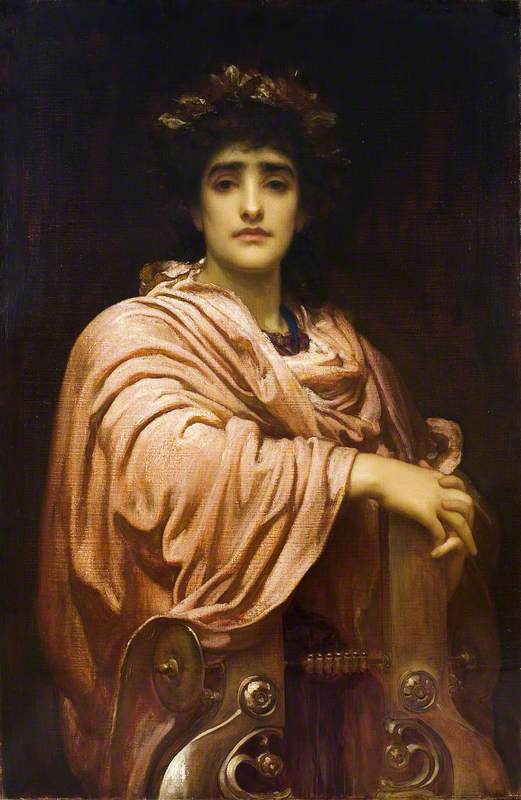|
Corinna (spider)
''Corinna'' is a genus Genus ( plural genera ) is a taxonomic rank used in the biological classification of living and fossil organisms as well as viruses. In the hierarchy of biological classification, genus comes above species and below family. In binomial n ... of corinnid sac spiders first described by Carl Ludwig Koch in 1841. They are found in Mexico and south to Brazil, and with selected species found in Africa. Species it contains eighty-five species: *'' C. aberrans'' Franganillo, 1926 — Cuba *'' C. aechmea'' Rodrigues & Bonaldo, 2014 — Brazil *'' C. aenea'' Simon, 1896 — Brazil *'' C. alticeps'' (Keyserling, 1891) — Brazil *'' C. andina'' (Simon, 1898) — Ecuador *'' C. annulipes'' (Taczanowski, 1874) — Brazil, French Guiana, Peru *'' C. anomala'' Schmidt, 1971 — Ecuador *'' C. areolata'' Thorell, 1899 — Cameroon *'' C. balacobaco'' Rodrigues & Bonaldo, 2014 — Brazil *'' C. bicincta'' Simon, 1896 — Brazil *'' C. bonneti'' Caporiacco, ... [...More Info...] [...Related Items...] OR: [Wikipedia] [Google] [Baidu] |
Corinnidae
Corinnidae is a family of araneomorph spiders, sometimes called corinnid sac spiders. The family, like other "clubionoid" families, has a confusing taxonomic history. Once it was a part of the large catch-all taxon Clubionidae, now very much smaller. The original members of the family are apparently similar only in that they have eight eyes arranged in two rows, conical anterior spinnerets that touch and are generally wandering predators that build silken retreats, or sacs, usually on plant terminals, between leaves, under bark or under rocks. In 2014, Martín Ramírez recognized the family in a restricted sense, including only the subfamilies Corinninae and Castianeirinae. Two former subfamilies of the Corinnidae are now treated as separate families, Phrurolithidae and Trachelidae. As now recognized, Corinnidae contains 71 genera and over 800 species worldwide. Among the common genera are ''Castianeira'' (nearly world wide) and ''Corinna'' (widespread). Members of the genus ... [...More Info...] [...Related Items...] OR: [Wikipedia] [Google] [Baidu] |
Corinna Capito
Corinna or Korinna ( grc, Κόριννα, Korinna) was an ancient Greek lyric poet from Tanagra in Boeotia. Although ancient sources portray her as a contemporary of Pindar (born ), not all modern scholars accept the accuracy of this tradition. When she lived has been the subject of much debate since the early twentieth century, proposed dates ranging from the beginning of the fifth century to the late third century BC. Corinna's works survive only in fragments: three substantial sections of poems are preserved on second-century AD papyri from Egypt; several shorter pieces survive in quotations by ancient grammarians. They focus on local Boeotian legends, and are distinctive for their mythological innovations. Corinna's poetry often reworks well-known myths to include details not known from any other sources. Though respected in her hometown, Tanagra, and popular in ancient Rome, modern critics have often regarded her as parochial and dull; her poetry is nonetheless of int ... [...More Info...] [...Related Items...] OR: [Wikipedia] [Google] [Baidu] |
Corinna Botucatensis
Corinna or Korinna ( grc, Κόριννα, Korinna) was an ancient Greek lyric poet from Tanagra in Boeotia. Although ancient sources portray her as a contemporary of Pindar (born ), not all modern scholars accept the accuracy of this tradition. When she lived has been the subject of much debate since the early twentieth century, proposed dates ranging from the beginning of the fifth century to the late third century BC. Corinna's works survive only in fragments: three substantial sections of poems are preserved on second-century AD papyri from Egypt; several shorter pieces survive in quotations by ancient grammarians. They focus on local Boeotian legends, and are distinctive for their mythological innovations. Corinna's poetry often reworks well-known myths to include details not known from any other sources. Though respected in her hometown, Tanagra, and popular in ancient Rome, modern critics have often regarded her as parochial and dull; her poetry is nonetheless of interest ... [...More Info...] [...Related Items...] OR: [Wikipedia] [Google] [Baidu] |

